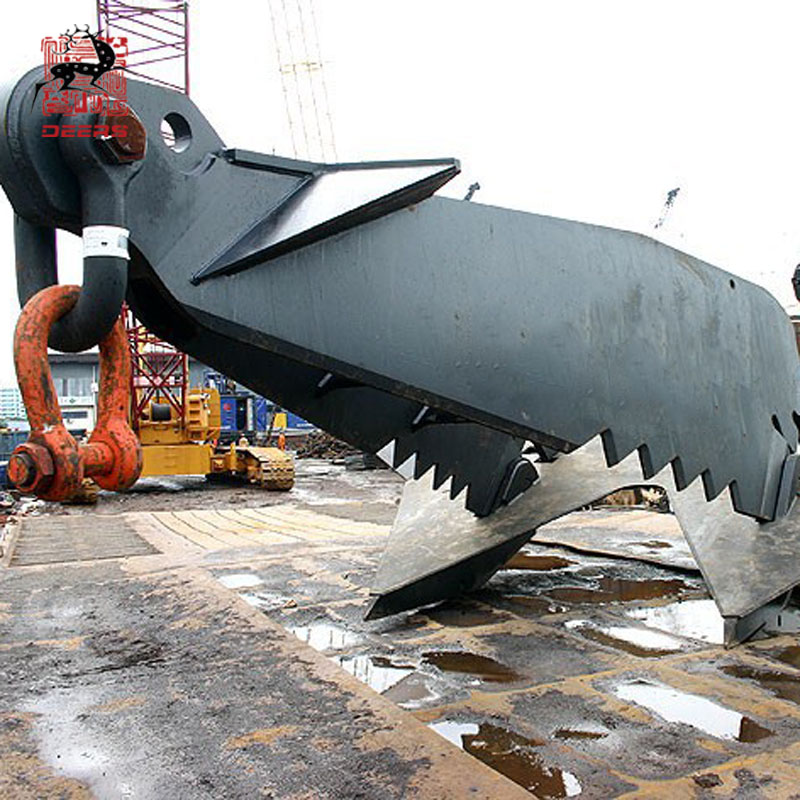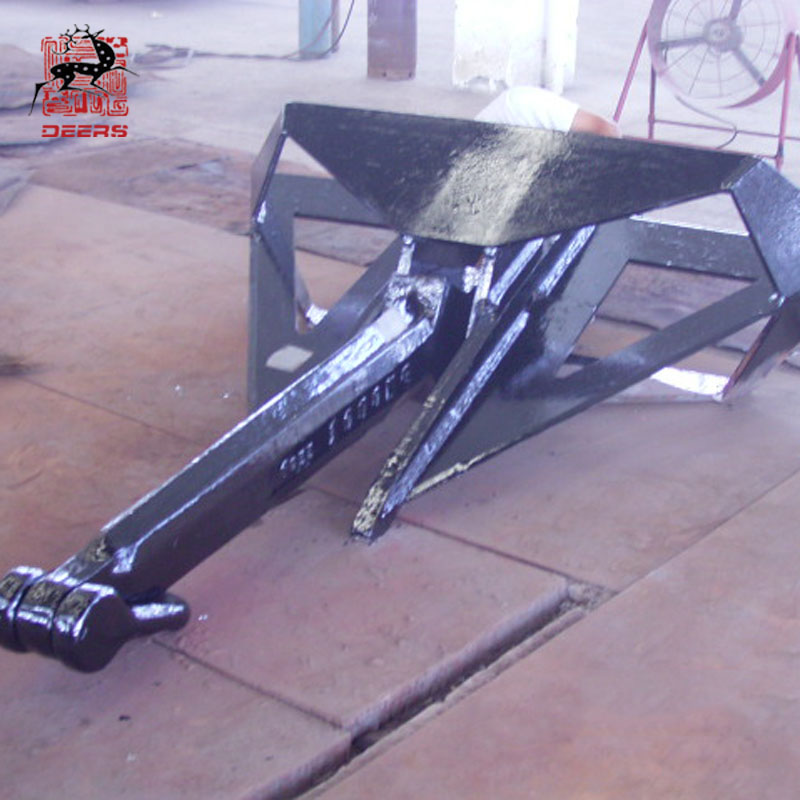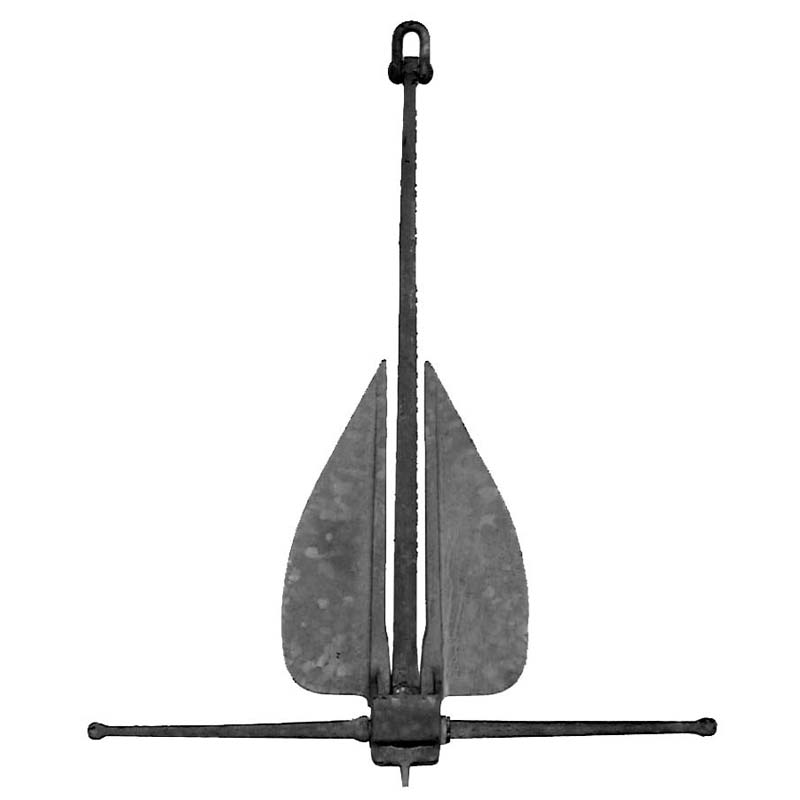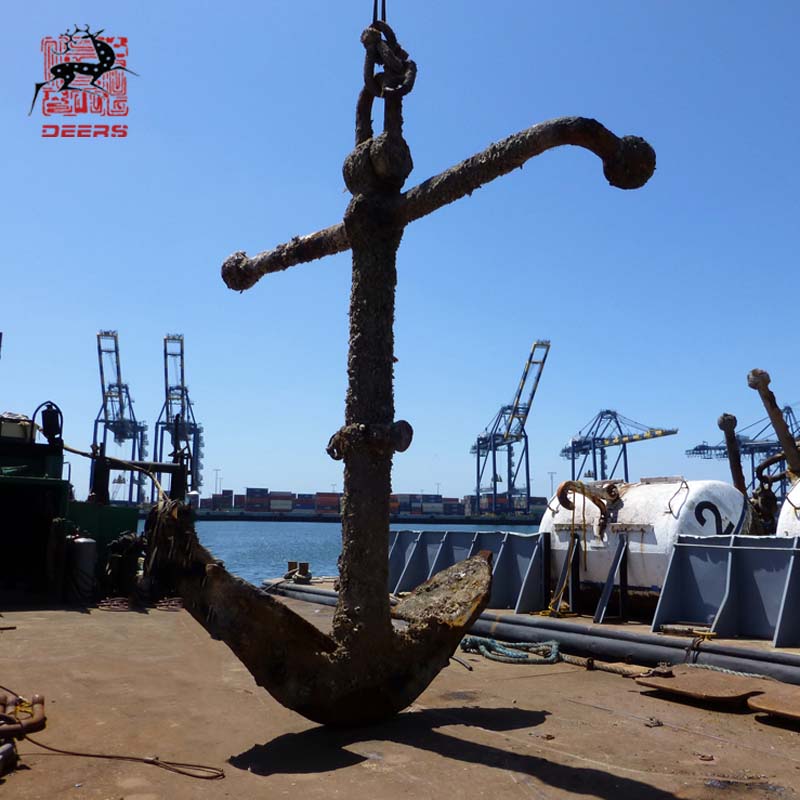Mooring Anchors types and functions
Mooring anchors are an important device, which has many types like Offshore Anchor, Delta Anchor, Danforth Anchor, Kedge Anchor, AC-14 Anchor, and others. Without anchors, ships will continue to drift, which will cause a lot of waste of energy and other resources and increase the possibility of accidents. In order to avoid these problems, ships use mooring anchors, which can be effectively stopped at piers or ports or even in the ocean or sea when needed.
Types of Mooring Anchors
There are several types of anchors and you should choose a style based on the bottom characteristics in the areas you will anchor most often. Then, choose a size based on the size and weight of your boat.
1.ST offshore anchor:

offshore-anchor-1
This anchor is currently one of the most versatile anchors available in the offshore rigging industry, so it is one of the most commonly used anchors for offshore rigs. It is an HHP (High Holding Force) anchor with an adjustable shank. This adjustable shank is ideal for replacing anchors to meet soil needs, rather than getting a new anchor every time you use it. Over time, this greatly reduces costs.
2.Delta anchor:

delta-anchor-2
The Delta anchor is an SHHP (Super High Holding Power) anchor, which can easily penetrate many different types of soil due to its open structure. We have many different sizes in stock, so you can choose the right size for your specific application.
3.Danforth Anchor:

danforth-anchor
Lightweight (Danforth) anchor with two long pivots “shift forks”; designed to reduce clogging by dirt and grass; range from 2.5 pounds to nearly 200 pounds, and are usually made of cast galvanized metal, although some The model is made of lightweight aluminum composite material. When falling, the bumps dig the anchor into the bottom, and the anchor buries itself and part of the anchor line into the ground.
Usually used in small recreational boats because they provide relatively light grip, especially when compared to other anchors. It is best to dig out debris in the hard sand or soil.
It is not recommended for very soft or loose mud. These muds may accumulate around absorbent blocks or the bottom of rocks that trematodes cannot penetrate. It is also not recommended for grass-like bottoms (the absorbent block is easy to slip off).
4.Kedge Anchor:

kedge-anchor-4
A more traditional style anchor with the ark, flu, and rootstock. Suitable for heavy grass, weeds, rocky bottom, or hard sand, one arm can penetrate the gap. It does not work well in mud or loose sand, where it cannot be dugout.
The function is different from the previous anchor because it is not a buried anchor; one arm extends into the bottom, while the other is bare. Usually only used for very large ships, because it relies on weight for most holding power.
Unlike other modes of transportation, ships play a role in unpredictable natural resources, so it is important that the method of stopping ships can adequately address the unpredictability of water at any given point in time.
Any ship should not only have good sailing performance but also be able to anchor reliably on the water or related equipment in the port when berthing under certain sea conditions.
Functions of Mooring Anchors
Any ship should not only have good sailing performance but also be able to anchor reliably on the water or related equipment in the port when berthing under certain sea conditions.
For anchoring, ships should be equipped with anchoring devices. In addition to being used for ship anchoring, it also has the following functions:
(1) Help the ship move its position
(2) When the ship is temporarily stopped for some reason during navigation or emergency, its position should be fixed
(3) Other special purposes

